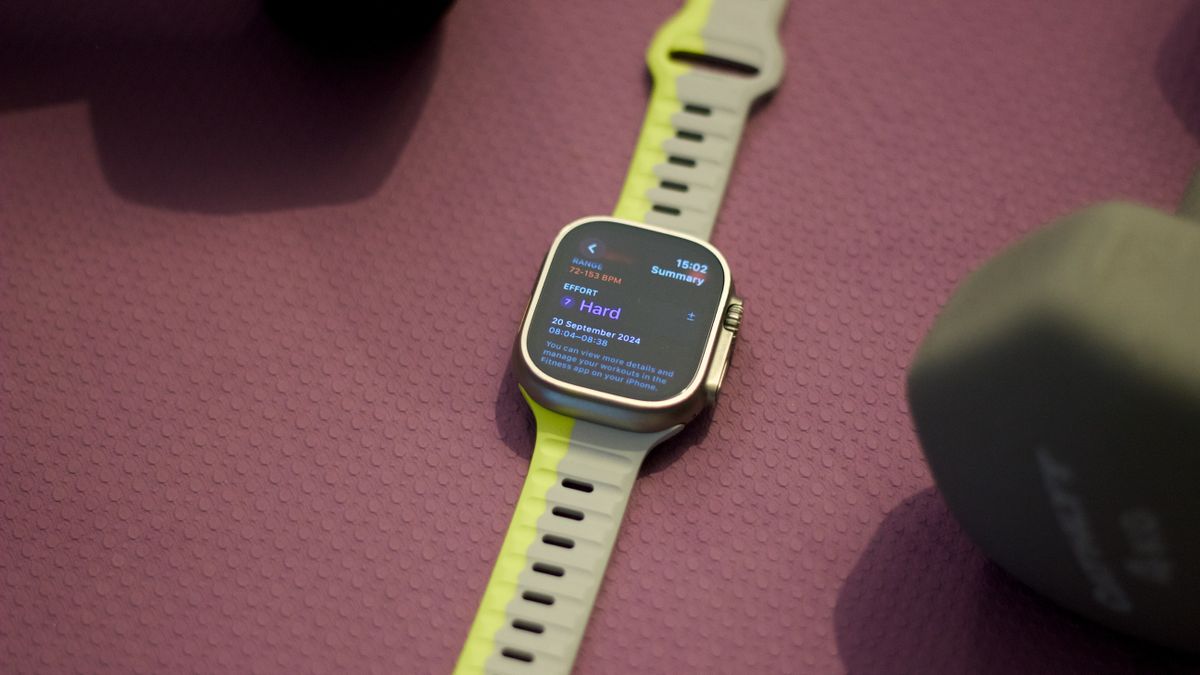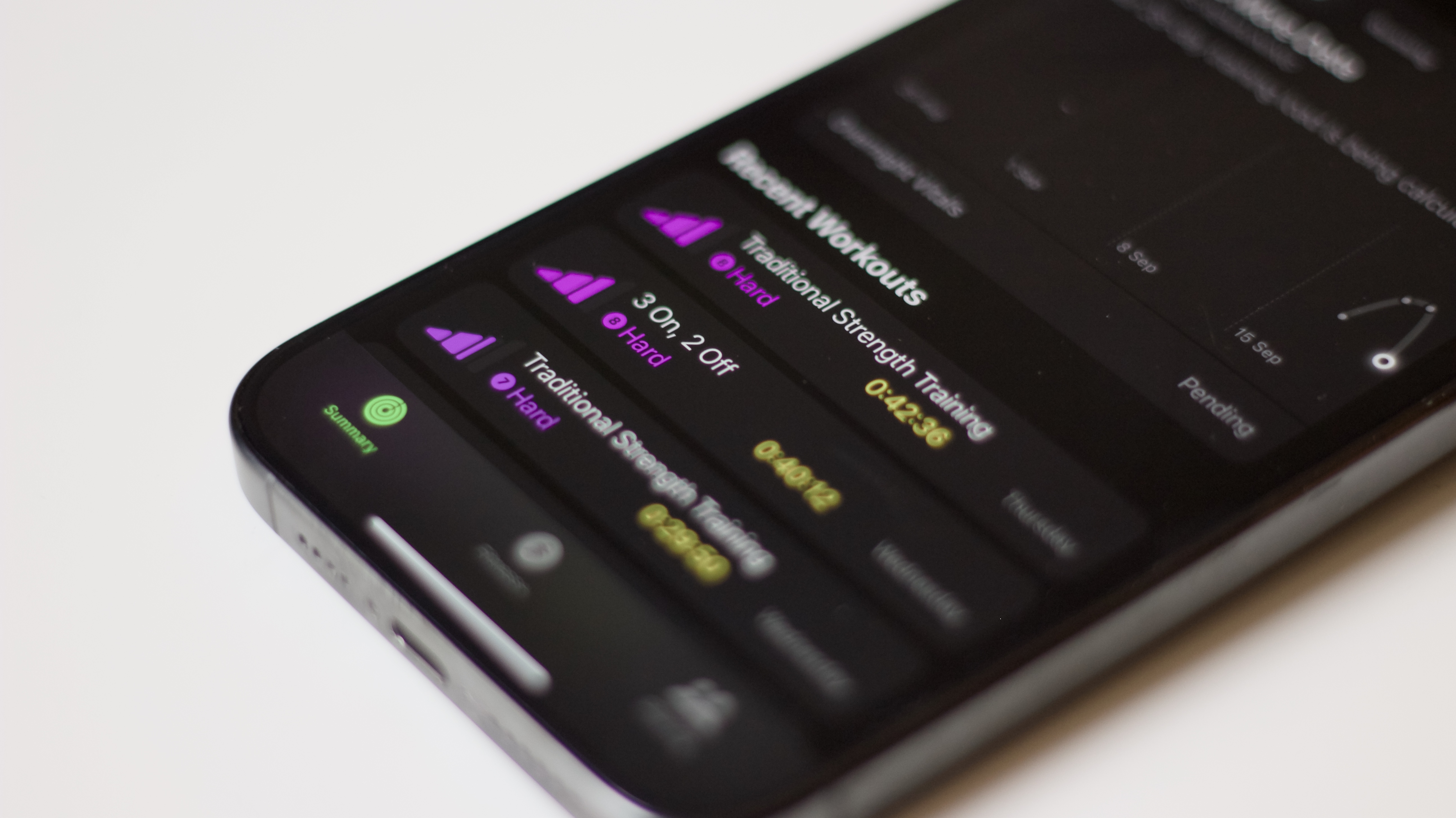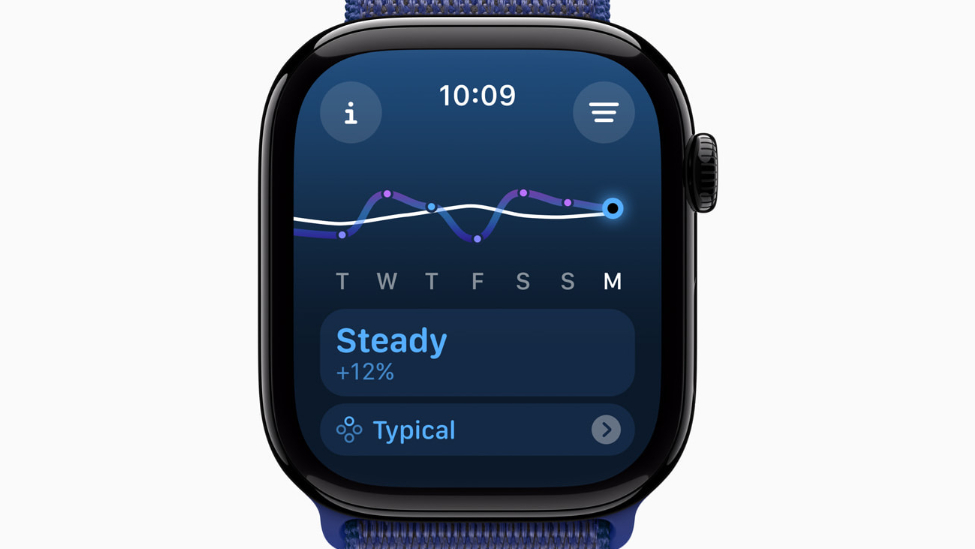This new Apple Watch feature has changed my workouts, but not in the way I expected

Now that the Apple Watch has launched its latest operating system, watchOS 11, there’s one new feature I’m really looking forward to: the new Training Load measurement.
For years, the best Apple Watches have been focused on getting you on your feet, out of the house, to the gym, and essentially moving as much as possible. With watchOS 11, Apple has finally introduced some key stats and features to help you do less, including the ability to count rest days toward your workout goals and the aforementioned Training Load metric.
According to Apple, Training Load can help users make informed decisions about their training. It measures the effort of their workouts and provides 28-day reports, so users can understand the impact of their workouts on their bodies.
Training Load is a well-known metric used by performance athletes to improve the effectiveness and efficiency of their training, especially in the lead-up to events. Training Load is crucial for injury prevention. With that in mind, you’d expect the overall impact of monitoring your own training load to be about doing less, not more. Your training load goes up, your Apple Watch tells you to back off to recover more effectively. Simple, right?
After just a few days of using the public version of watchOS 11, I’m happy to report that Training Load has already changed the way I train. But not in the way I expected.
You are only fooling yourself

I primarily use my Apple Watch Ultra 2 to track strength workouts, which I do about six times a week. If you use watchOS 11 to track a cardio workout, like a run or bike ride, it will automatically record the “effort” you put into your workout, giving you the metrics you need to monitor your training load.
However, Apple’s advanced algorithm is not (yet) applicable to strength training. When you do strength training, you have to manually enter your effort and rate your training on a scale of 1 to 10.
After just one session I realized that my days of coasting workouts were over. In order for Training Load to work and give me the best possible recommendations, I need to give accurate results. If I overestimate my effort and mark every workout as a 10 out of 10, I will get a false set of data that tells me to slow down when I shouldn’t. My training and progress will stagnate and I will make less gains as a result.
However, if I take an accurate measurement before a workout and I don’t give it my all in every session, then after 28 days I’ll end up with a training load that indicates I’m wasting my time and hard-earned money at the gym and making no progress at all.
The Silent Motivation I Didn’t Know I Needed

Suddenly, the simple Apple Watch feature that I thought would help me take it easy has become a huge source of motivation. I realize that every workout counts, and I’m now more focused than ever on balancing pushing myself hard in the gym with not overdoing it. I’m hyper-aware of my performance and find myself focusing on every rep, set, rest, and exercise. It’s not that I wasn’t already doing those things, but I’m more focused and motivated than ever thanks to a tool that I thought would tell me to put my feet up.
Using a training load metric as inspiration to try harder in the gym may sound counterintuitive, but I’m confident that the technology will keep me from overdoing it in the long run. But whether the goal is to maximize results or take it easy, training load will only help if I’m honest about my effort. It looks like my days of wasting time in the gym are over.




